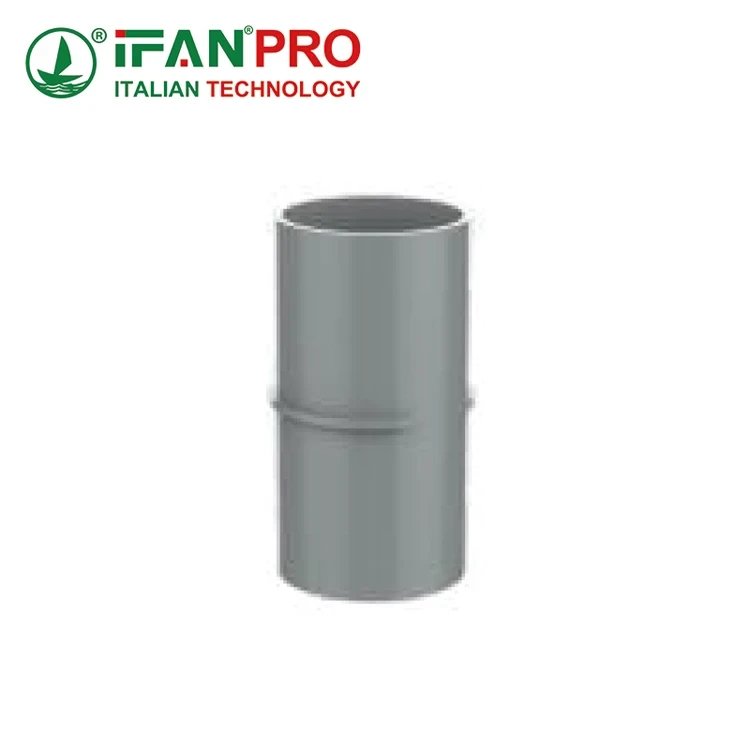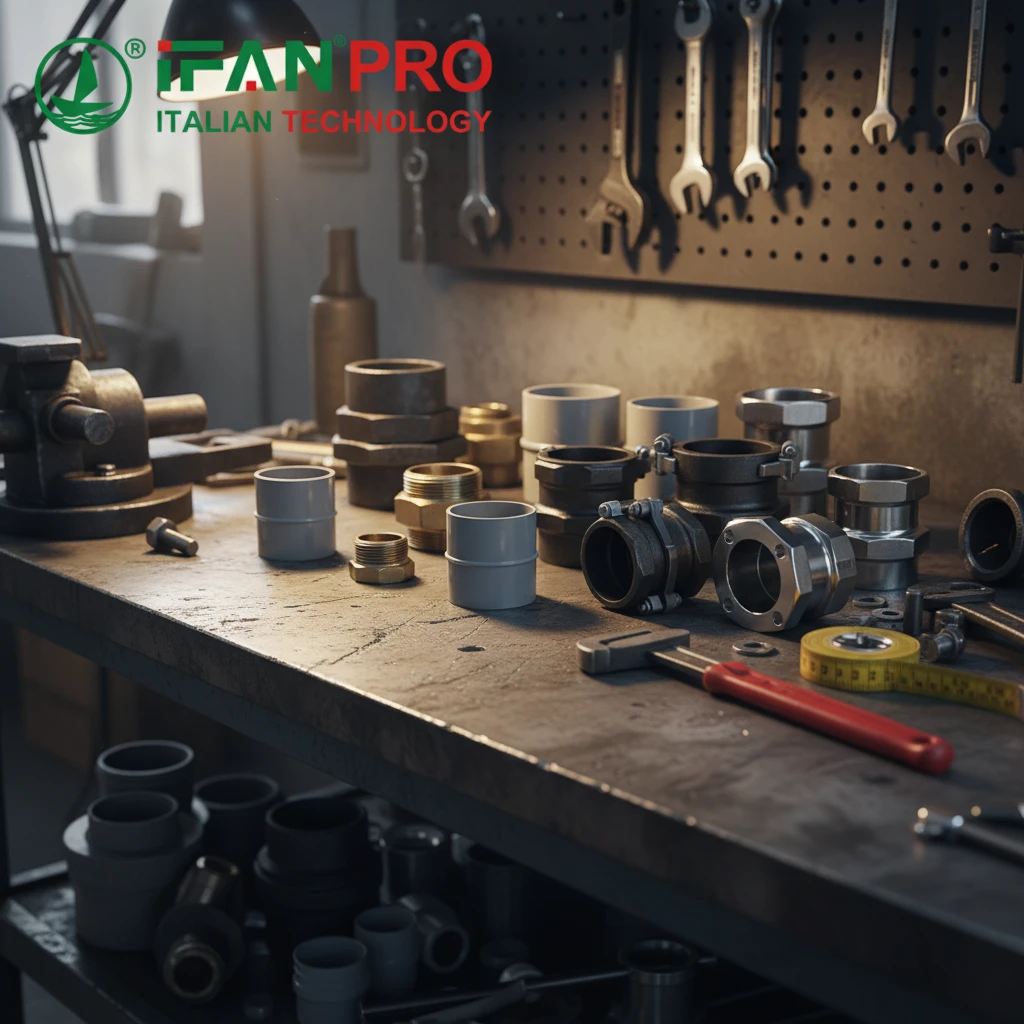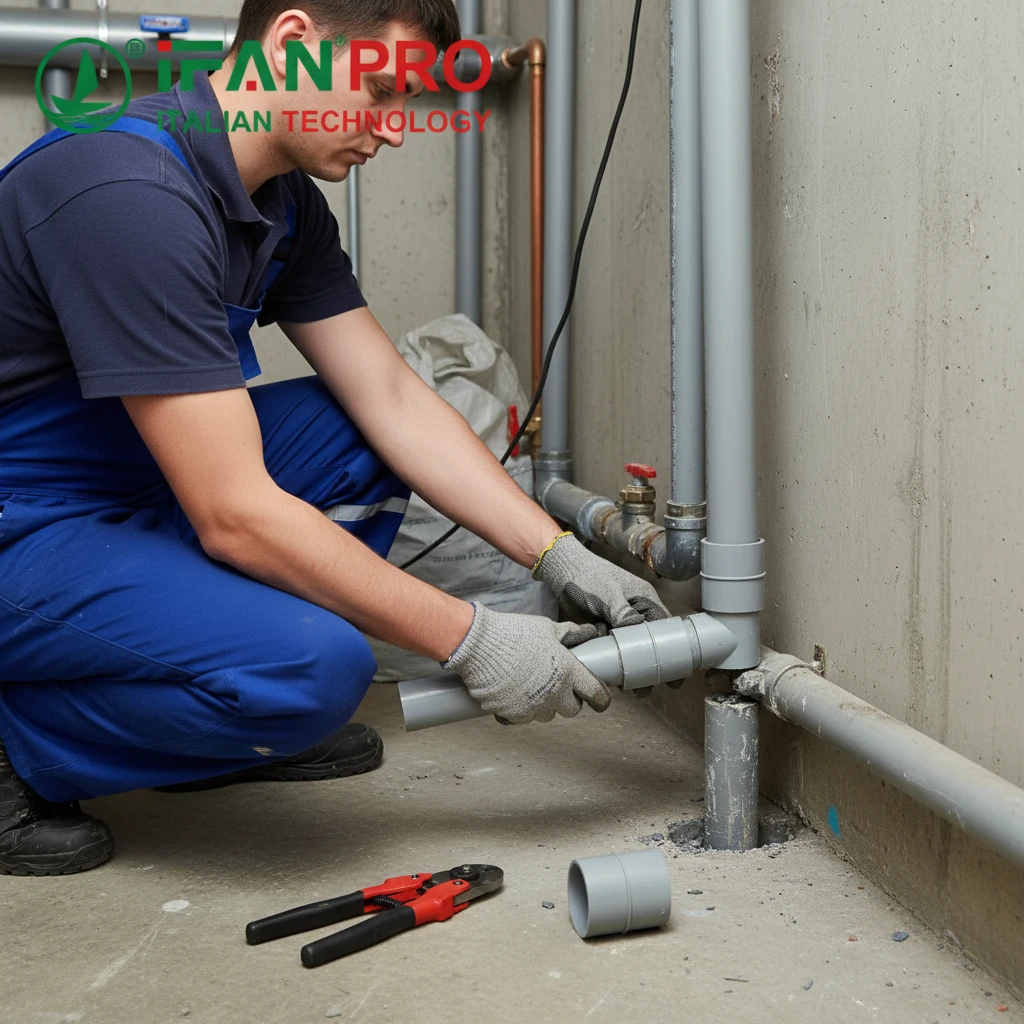Several years ago, homeowners reported unusual water taste after a PEX installation I oversaw. The issue wasn’t PEX itself—it was improper flushing. This taught me: Is PEX Pipe Safe for Drinking Water Systems? depends on certified materials and correct installation, not the pipe type. For authoritative safety standards, reference NSF/ANSI 61 (potable water safety) and ASTM F876
Yes, PEX pipe is safe for drinking water systems when it carries proper certifications from recognized organizations like NSF/ANSI 61 and meets local plumbing code requirements. Modern PEX formulations use advanced stabilizers and manufacturing processes that prevent chemical leaching, making them a reliable choice for potable water applications in residential and commercial buildings.
Understanding certification requirements, manufacturing standards, and proper installation protocols ensures optimal water quality and system performance. Furthermore, recognizing how PEX compares to traditional materials helps make informed decisions. Let’s examine the specific factors that determine PEX safety for drinking water applications.
Which Certifications Confirm PEX Pipe Safety for Potable Water Applications?

When a municipal water authority questioned our material specifications, presenting comprehensive certification documentation resolved concerns immediately. This experience highlighted how third-party verification builds trust with clients and regulatory authorities.
NSF/ANSI 61 certification provides the most recognized verification of PEX safety for drinking water, confirming materials don’t leach harmful contaminants. Additional certifications include IAPMO, CSA, and WRAS, each requiring rigorous testing for heavy metals, volatile organic compounds, and other potential contaminants under various temperature and conditions.
Key Certification Standards
Understanding certification requirements ensures proper material selection:
NSF/ANSI 61 Compliance
This comprehensive standard evaluates material safety through extraction testing that simulates long-term water contact. Pipes undergo testing with waters of varying pH levels and temperatures, then the water is analyzed for contaminants against strict limits. Certification requires annual renewal and manufacturing facility audits to ensure ongoing compliance.
International Certification Marks
Different regions recognize various certification bodies:
- IAPMO: Common in North American markets
- CSA: Recognized throughout Canada
- WRAS: Required for UK installations
- KIWA: Essential for European projects
- WaterMark: Mandatory for Australian applications
Manufacturing Quality Certifications
Beyond product-specific testing, reputable manufacturers maintain:
- ISO 9001 quality management systems
- Regular third-party manufacturing audits
- Batch-specific testing documentation
- Traceability from raw materials to finished products
Verification Protocol
Always implement this verification process:
| Verification Step | Action Required | Acceptance Criteria |
|---|---|---|
| Documentation Review | Request current certificates | NSF/ANSI 61 listed, valid dates |
| Marking Verification | Check pipe markings | NSF, manufacturer, size visible |
| Batch Testing | Request test reports | Pass results for all parameters |
| Local Compliance | Verify code acceptance | Approved for potable water in jurisdiction |
How Does PEX Prevent Chemical Leaching into Drinking Water Supplies?
We conducted comparative leaching tests between PEX and various plumbing materials for a university research project. The results demonstrated that properly formulated PEX showed significantly lower contaminant levels than several traditional materials.
PEX prevents chemical leaching through advanced polymer formulations, manufacturing processes that create stable molecular structures, and additive packages that resist extraction. The cross-linked polyethylene structure forms a stable, inert material that doesn’t degrade or release substances into water under normal operating conditions.
Material Stability Mechanisms
Several factors contribute to PEX’s leaching resistance:
Cross-Linking Process
The molecular cross-linking in PEX creates a three-dimensional network that traps potential migrants within the polymer matrix. This process significantly reduces the mobility of polymer molecules and additives, preventing their transfer into water. The cross-linking density typically ranges from 65-85%, depending on the manufacturing method.
Stabilizer Systems
Modern PEX formulations use advanced stabilizer packages that:
- Resist extraction into water
- Provide long-term protection against oxidation
- Maintain material properties throughout service life
- Use FDA-approved food-contact materials
Manufacturing Quality Control
Reputable manufacturers implement multiple safeguards:
- Raw material purity verification
- Controlled manufacturing conditions
- Comprehensive finished product testing
- Traceability systems for quality assurance
Testing and Performance Data
Independent testing confirms PEX’s leaching performance:
Long-Term Testing Results
Studies examining PEX pipes over 10+ years show:
- Consistent water quality parameters maintained
- No significant increase in leaching over time
- Material properties remain stable
- No degradation of internal pipe surfaces
Comparative Leaching Data
Research comparing different materials demonstrates:
| Material | VOC Emissions | Metal Leaching | Taste/Odor Impact |
|---|---|---|---|
| PEX-A | Very Low | None | Minimal when properly flushed |
| PEX-B | Very Low | None | Minimal when properly flushed |
| Copper | None | Copper ions | Metallic taste |
| CPVC | Low | None | Possible plastic taste initially |
What Advantages Does PEX Offer Over Copper for Drinking Water Systems?
After replacing corroded copper pipes in a 1980s apartment building with PEX, residents reported improved water pressure and eliminated blue staining issues. The building manager appreciated the 30% cost reduction compared to copper replacement.
PEX offers significant advantages over copper including corrosion resistance that prevents pipe degradation, flexibility that reduces fitting connections and potential leak points, freeze damage resistance that minimizes burst pipe risks, and lower installation costs due to faster installation and fewer required components.
Performance and Installation Advantages
Multiple factors make PEX preferable for many applications:
Corrosion Resistance
Unlike copper, PEX is completely immune to:
- Electrochemical corrosion
- Microbiological influenced corrosion
- Oxidative degradation in water
- Scale buildup that reduces flow capacity
Eficacia de la instalación
PEX installation requires significantly less time and labor:
- 40-60% faster installation compared to soldered copper
- Fewer connections due to flexibility
- No torches or chemical solvents required
- Easier retrofitting in existing structures
Freeze Damage Protection
PEX’s flexibility provides unique advantages:
- Can expand to accommodate frozen water
- Typically returns to original shape after thawing
- Reduces property damage from frozen pipes
- Lower insurance premiums in some regions
Cost and Health Considerations
The economic and health benefits are substantial:
Economic Comparison
Comprehensive cost analysis shows:
| Cost Factor | PEX System | Copper System | Advantage |
|---|---|---|---|
| Material Cost | 30-40% lower | Higher material cost | PEX |
| Labor Cost | 50-60% lower | Skilled labor required | PEX |
| Installation Time | 40-50% faster | Multiple steps required | PEX |
| Longevity | 50+ years | 50+ years | Comparable |
Water Quality Benefits
PEX maintains better water quality by:
- Eliminating copper leaching into water
- Preventing lead contamination from solder
- Reducing metallic taste issues
- Minimizing scale accumulation
Are There Any Health Concerns with Long-Term PEX Use in Potable Water?
When clients express concerns about plastic pipes, I share data from long-term studies and explain the rigorous testing behind certified PEX products. This evidence-based approach typically alleviates concerns and builds confidence in material selection.
Extensive research and decades of field experience show no documented health concerns from properly manufactured and installed PEX pipes in drinking water systems. Initial taste and odor issues sometimes reported during first use typically dissipate after proper flushing and don’t indicate health risks, while certified PEX products meet all current safety standards for long-term potable water contact.
Addressing Common Concerns
Understanding the science behind these concerns provides clarity:
Initial Taste and Odor Issues
Some users notice plastic taste during initial use because:
- Manufacturing residues require flushing
- Volatile compounds dissipate quickly
- Proper flushing eliminates these issues
- No health risks are associated with these temporary effects
Long-Term Material Stability
Research confirms PEX maintains stability because:
- Polymer structure resists degradation
- Modern stabilizers don’t migrate into water
- Material properties remain consistent over decades
- No evidence of microplastic release in drinking water
Research and Monitoring Data
Scientific evidence supports PEX safety:
Long-Term Studies
Independent research organizations have conducted:
- 10+ year material stability studies
- Water quality monitoring in PEX systems
- Health impact assessments
- Comparative material analyses
Regulatory Monitoring
Government agencies continuously:
- Review new research findings
- Update standards based on evidence
- Monitor field performance reports
- Investigate consumer complaints
Best Practices for Optimal Safety
Ensure maximum safety through these protocols:
Proper Installation Procedures
- Flush systems thoroughly before use
- Follow manufacturer installation guidelines
- Protect pipes from UV exposure during storage
- Use certified fittings and components
Ongoing Maintenance
- Regular water quality testing
- System flushing after extended non-use
- Immediate repair of any damage
- Monitoring for changes in water quality
Conclusión
PEX pipe represents a safe, reliable choice for drinking water systems when selecting certified products from reputable manufacturers and following proper installation procedures. The material offers significant advantages over traditional alternatives while maintaining excellent long-term performance and water quality characteristics. By understanding certification requirements, manufacturing standards, and proper installation protocols, professionals can confidently specify PEX for potable water applications with assurance of both performance and safety.













Comentarios recientes